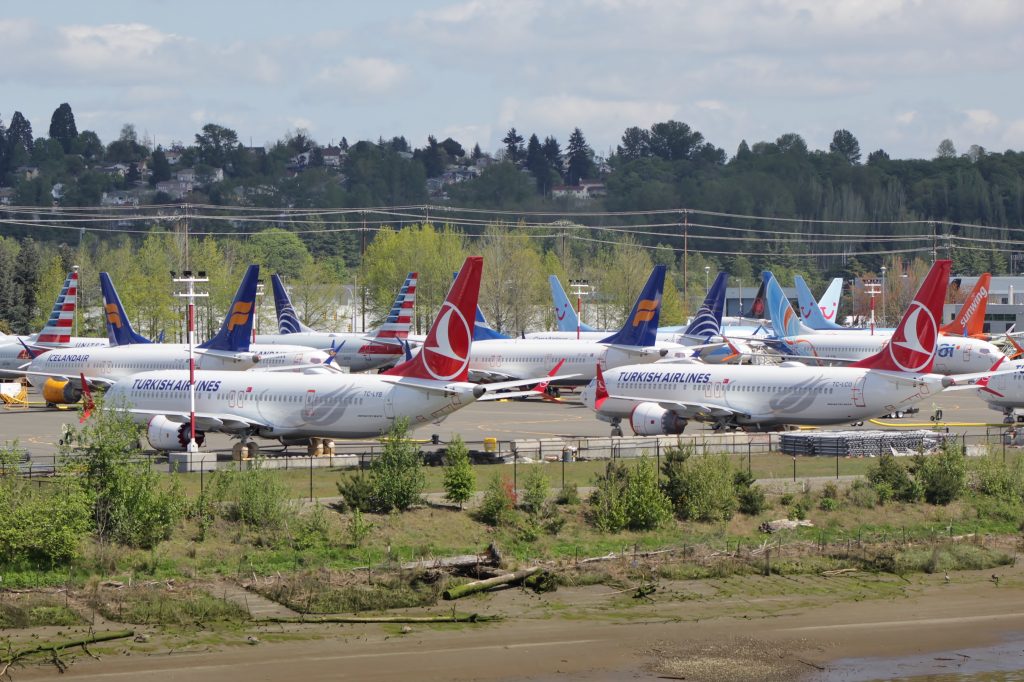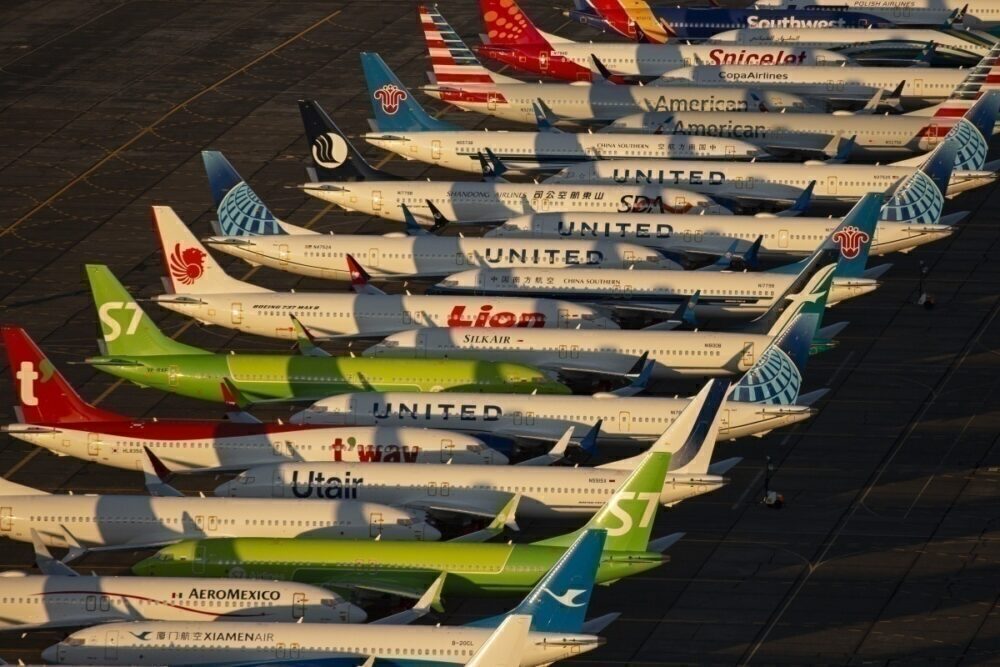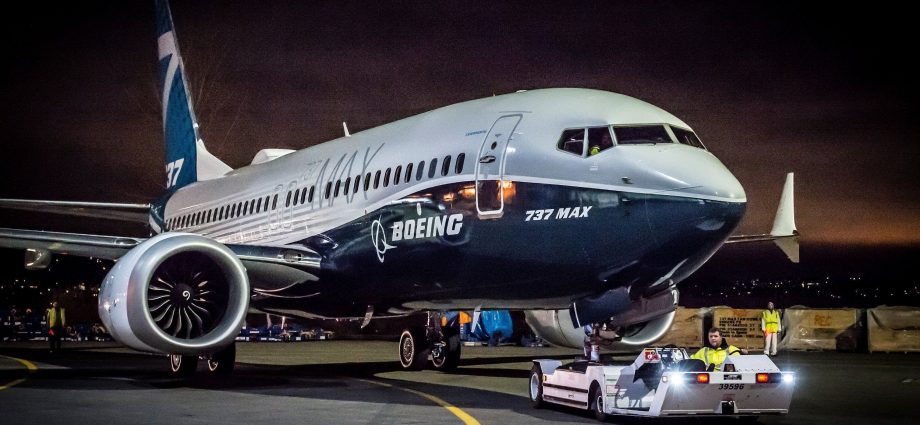346 people died following the two 737 MAX crashes.
As aviation bodies and airlines get ready to re-introduce the aircraft, the House Transportation and Infrastructure Committee has released a 238-page report on the plane, and the document doesn’t hold back on the flaws of the aircraft in relation to the two tragic accidents of Lion Air Flight 610 and Ethiopian Airlines Flight 302.

Errors
The congressional report highlights that there was a series of false assumptions, mismanagement, and rushed deadlines. These factors, along with miscommunication and deception, led to the failure to catch the design flaws that led to the two deadly crashes.
According to USA Today:
“Boeing failed in its design and development of the Max, and the Federal Aviation Agency failed in its oversight of Boeing and its certification of the aircraft,”
There were reportedly various times when engineers questioned the safety of the features that went into the 737 MAX. However, their claims were dismissed as unimportant or a nuisance in reaching deadlines and not being within budget.
Moreover, those charged with keeping the Federal Aviation Administration (FAA) updated did not inform the group on these debates. The aircraft was certified compliant to start passenger operations despite its shortcomings.
Questions?
Since the 737 MAX’s grounding, the FAA and other aviation bodies have been monitoring Boeing’s improvements. There is a focus on software changes in a new system added to the plane that is blamed for the accidents. This technology is the ‘Manoeuvring Characteristics Augmentation System’ (MCAS), which was not on previous variants of the 737.
This system was necessary due to the location of the larger and more powerful engines of the 737 MAX. Boeing 737’s were never initially designed to take such engines because the undercarriage is lower than its main rival, the Airbus.
Boeing, through some clever engineering managed to extend later model 737 landing gear, redesign the engine nacelles and the location of the engines to accommodate these shortcomings.
Additionally the 737 aircraft fuselage has also grown longer, so another approach was needed, hence MCAS system was needed.

Engineers expressed their concerns about the plane
As early as 12 years ago there were questions about this feature. A Boeing test pilot discovered that it took 10 seconds to deal with an uncommanded activation of the system. The report deems this factor to be catastrophic.
Additionally, engineers were concerned about why the MCAS was triggered on data from one angle-of-attack (AOA) sensor when it has two of them. These sensors have been around for much longer than MCAS. Ultimately, they tell the crew where the aircraft’s nose is pointing vertically.
Boeing’s Reply
Boeing has said that it cooperated fully and extensively with the Committee’s inquiry since it began in early 2019.
The representative added that the firm has since been hard at work strengthening its safety culture. It is also working to rebuild trust with its customers, regulators, and the flying public. The company added that passengers and crew on board the two crashes, as well as their loved ones, continue to be in the thoughts and prayers of its teams. Ultimately, Boeing said that it has learned from the hard lessons and previous mistakes.
“Multiple committees, experts, and governmental authorities have examined issues related to the MAX, and we have incorporated many of their recommendations, as well as the results of our own internal reviews, into the 737 MAX and the overall airplane design process. The revised design of the MAX has received intensive internal and regulatory review, including more than 375,000 engineering and test hours and 1,300 test flights,” the spokesperson told Simple Flying.
“Once the FAA and other regulators have determined the MAX can safely return to service, it will be one of the most thoroughly-scrutinized aircraft in history, and we have full confidence in its safety. We have also taken steps to bolster safety across our company, consulting outside experts and learning from best practices in other industries.”
Following a year and a half of work, we could soon see the plane back in the air.
Concerns
The report highlights the crucial elements that led to the two tragedies that forced the MAX’s grounding.
Boeing has put in place the following:
- A new safety organization to enhance and standardize safety practices.
- Restructured its engineering organization to give engineers a stronger voice.
- A direct line to share concerns with top management.
- Launched a permanent Aerospace Safety Committee of its Board of Directors.
Both Boeing and the FAA have ensured that they address all the concerns before the MAX is released for commercial operations again.


